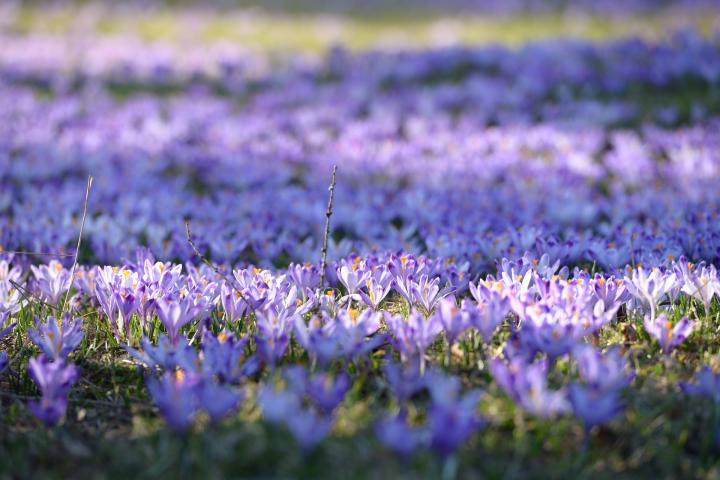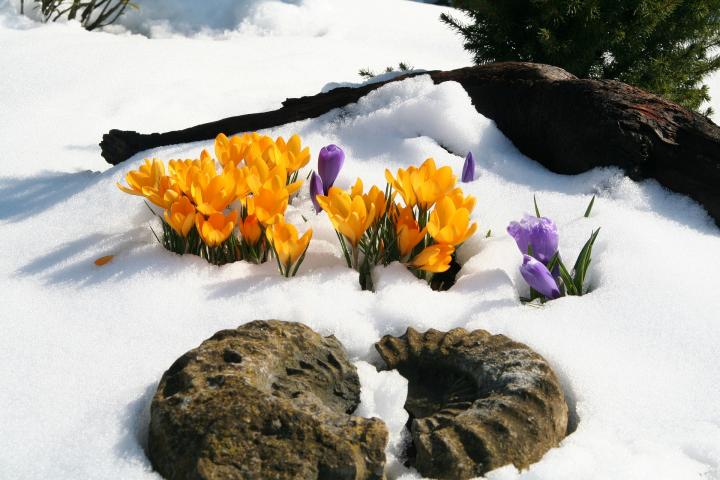
How to Plant, Grow, and Care for Crocuses
ADVERTISEMENT
Last fall I planted Saffron Crocus for the first time. I planted them in a large pot, out doors. They grew fine, bloomed and I even got several stigmas from them. Once the flowers died, the plants produced a grass like growth. It's about 10 to 12 inches long. Do I need to trim this growth back or should I leave it alone? Like I said they are new to my garden, and I would like them to grow back. Thanks for any info anyone can give me.
Is there any difference in the care for saffron crocus?
I don't know where YOU live.....but here in St Helens, OR the DEER love crocus. As soon as the flower sticks it's head up the deer eat them......so I have beds of green plants......all my flowers are gone....again. My fault.....we had snow and I didn't re-spray my deer repellent soon enough......they got 'em!!!
do deer like to eat crocus leaves or flowers?
We have a deer problem where we live.
Supposed to be deer resistant, but I live in Zone 7a and the deer eat mine.

 A carpet of crocuses makes for a wonderful spring sight!
A carpet of crocuses makes for a wonderful spring sight! Crocuses peaking up through the snow.
Crocuses peaking up through the snow.







Comments